The Oriental Metropolitan Museum, also known as the Six Dynasties Museum (六朝博物馆), is a prominent cultural institution located in Nanjing, China. Renowned for its rich historical significance, the museum serves as a captivating window into the vibrant heritage of the region during six dynasties.
The Six Dynasties period, spanning from the third to sixth centuries, was a pivotal era in Chinese history marked by political upheavals, cultural exchanges, and artistic advancements. The museum’s collection beautifully encapsulates this dynamic era, featuring a wide range of artifacts and artworks that provide invaluable insights into the social, political, and artistic developments of the time.
Visitors to the Oriental Metropolitan Museum are treated to a diverse array of exhibits, including archaeological discoveries, sculptures, calligraphy, paintings, ceramics, and ancient manuscripts. These artifacts reflect the multifaceted nature of the Six Dynasties period, showcasing influences from various cultures, such as Han Chinese, Buddhist, and Western styles.
The museum’s architecture itself is a testament to its historical significance. Housed within a renovated ancient government office, the building harmoniously blends traditional Chinese architectural elements with modern design, creating a unique and immersive experience for visitors.
Table of Contents
- Basic Information
- Location and Transportation
- Highlights of Oriental Metropolitan Museum
- Vlog about Oriental Metropolitan Museum
- Useful Tips Summarized from Reviews
- Attractions near Oriental Metropolitan Museum
Basic Information
| Website | http://liuchao.njmuseumadmin.com/ |
| Estimated Length of Tour | 2 – 3 hours |
| Ticket Price | 30 RMB |
| Opening Hours | 9.00 – 17.30; Last admission: 17.00 Closed on Mondays |
| Telephone Number | 0086-025-52326032 |
Location and Transportation
The Oriental Metropolitan Museum is located in the center of Nanjing, the capital of Jiangsu Province, right next to the Presidential Palace. Its exact address is No. 302 Changjiang Road, Xuanwu District, Nanjing, Jiangsu. To get there, you can choose the following ways:
Bus: Take bus 9, 29, 44, 65, 95, or 304, get off at the Presidential Palace Stop (总统府站), and walk about 100 meters to the east to reach the museum.
Metro: The nearest metro station to the Six Dynasties Museum is Daxinggong (大行宫) on line 2 and line 3. After getting out of the station from Exit 5, walk about 150 meters to the east to reach the museum.
Highlights of Oriental Metropolitan Museum
Imperial Capital of the Six Dynasties

During the 3rd to 6th centuries AD, Nanjing served as the capital of six dynasties: Wu, Eastern Jin, Song, Qi, Liang, and Chen. Initially named Jianye, it was later renamed Jiankang. The city of Jiankang during the Six Dynasties was renowned for its grand palaces, dense population, and flourishing industry and commerce, making it a famous international metropolis in the East. In the 21st century, the Nanjing Museum conducted excavations at numerous sites across the city, uncovering a wealth of archaeological materials closely related to Jiankang of the Six Dynasties. The Imperial Capital of the Six Dynasties exhibition showcases these unearthed artifacts, allowing visitors to explore and appreciate the grandeur and brilliance of this ancient Eastern capital.
Looking Back at the Six Dynasties

The six dynasties—Eastern Wu, Eastern Jin, Song, Qi, Liang, and Chen—successively established their capitals in Nanjing, earning it the historical title of the “Six Dynasties.” Over nearly 370 years, Nanjing reached unprecedented heights in urban development, economic growth, and cultural heritage and innovation. Jiankang, the city of the Six Dynasties, was famed for its magnificent palaces, dense population, and thriving handicraft and commercial industries, solidifying its status as a world-renowned Eastern metropolis.
Grace of the Six Dynasties

Artistic creation during the Six Dynasties emphasized capturing spirit and vitality, a concept reflected not only in the works of renowned masters such as Gu Kaizhi and Wang Xizhi but also in excavated artifacts like celadon ceramics, pottery figurines, and stone carvings. The Grace of the Six Dynasties exhibition showcases a diverse array of artifacts, allowing visitors to experience the vibrant and expressive beauty of Six Dynasties art.
Notable Figures of the Six Dynasties

The culture of the Six Dynasties, centered in Jiankang, inherited traditions from the Qin and Han dynasties while paving the way for the Sui and Tang dynasties, embodying a period of cultural transformation. This era was home to many distinguished figures, including the Seven Sages of the Bamboo Grove, Wang Dao, Xie An, Gu Kaizhi, and Wang Xizhi. As the saying goes, “How glorious Jinling was in the past, attracting heroes from all corners of the world.” Stepping into the exhibition, visitors can follow in the footsteps of these historical figures and appreciate their talents and wisdom.
Vlog about Oriental Metropolitan Museum
Useful Tips Summarized from Reviews
Scenic Design at Six Dynasties Museum: The Six Dynasties Museum features picturesque scenes with small bridges and flowing water, along with well-designed elements like bamboo shadows, making it an excellent spot for photography. However, note that the number of artifacts is relatively fewer compared to the Nanjing Museum, resulting in a more spacious feel.
Second Floor – Artifact Exhibition: The second floor houses artifacts, though not in large quantities. There are elementary school student guides available to provide explanations. The most aesthetically pleasing layout of the entire museum is on this floor, featuring a beautiful Chinese aesthetic. The use of bamboo creates an atmosphere of intersecting light and shadows, offering excellent photo opportunities.
First Floor – Temporary Exhibition Hall: The first floor serves as a temporary exhibition hall. During the visit, there was an interesting exhibition on Greek-era painted pottery and the art and culture of Apulia. This exhibition showcased artifacts related to the six gods of ancient Greek mythology, including statues and pottery.
Third Floor – Six Dynasties Figures: The third floor mainly consists of wall texts accompanied by illustrations of figures from the Six Dynasties period, which may not be as engaging.
Lower Ground Floor – Archaeological Remains: The lower ground floor focuses on archaeological remains, offering a close-up view of the Nanjing city wall. It also provides information about the layout of the city during that time.
Convenience Services: After passing through security and before ticket inspection, there is a facial recognition luggage storage service on the right-hand side. If you have luggage, it is recommended to use this service to avoid carrying it throughout the museum.

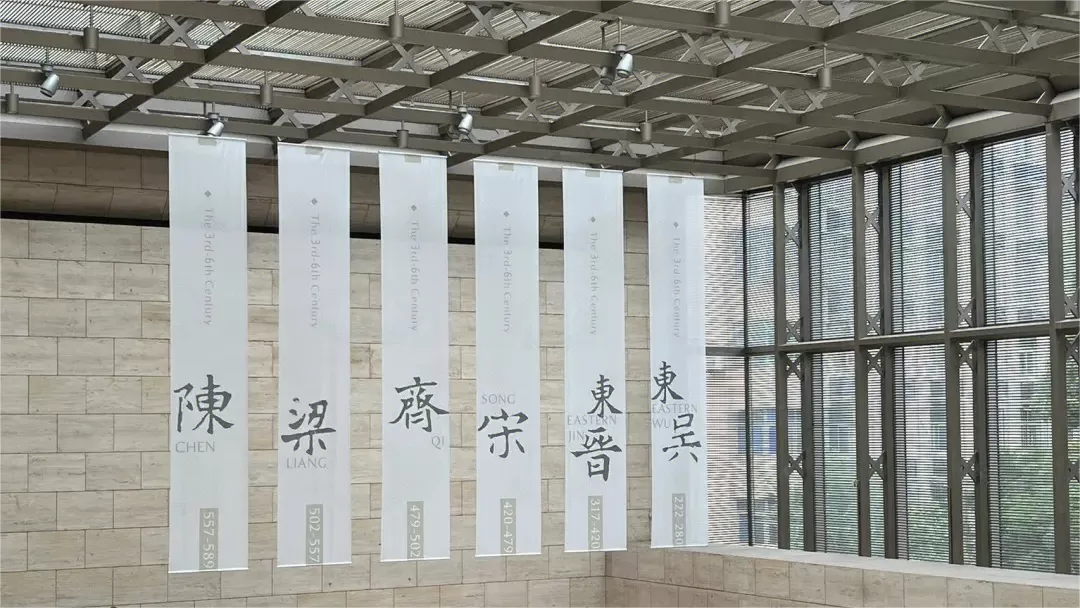

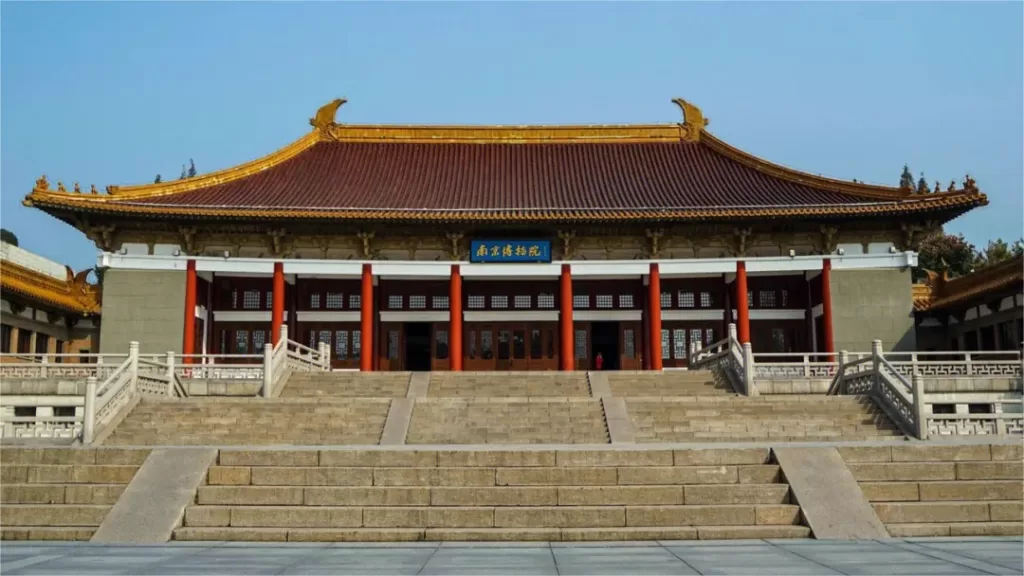
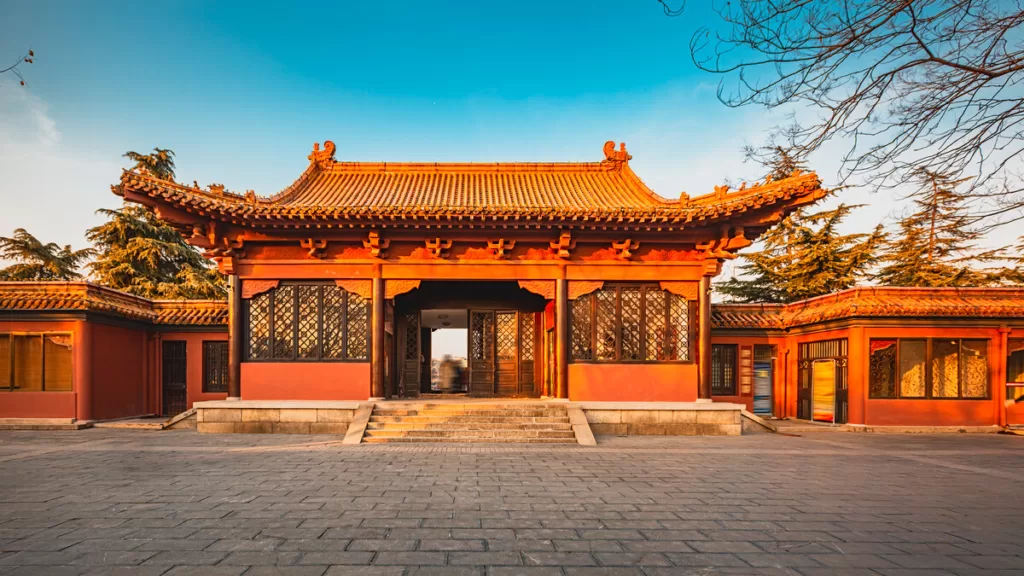
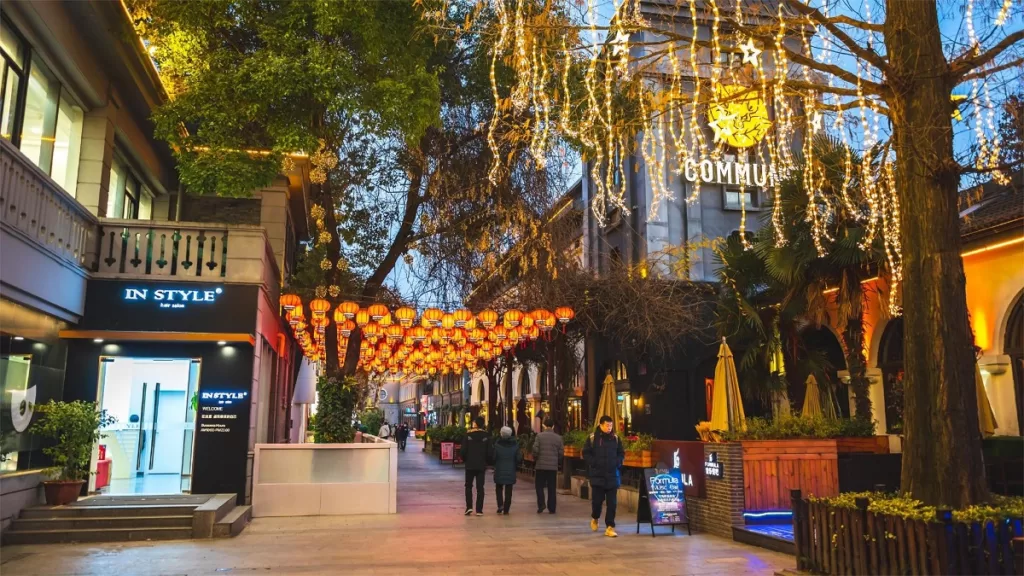

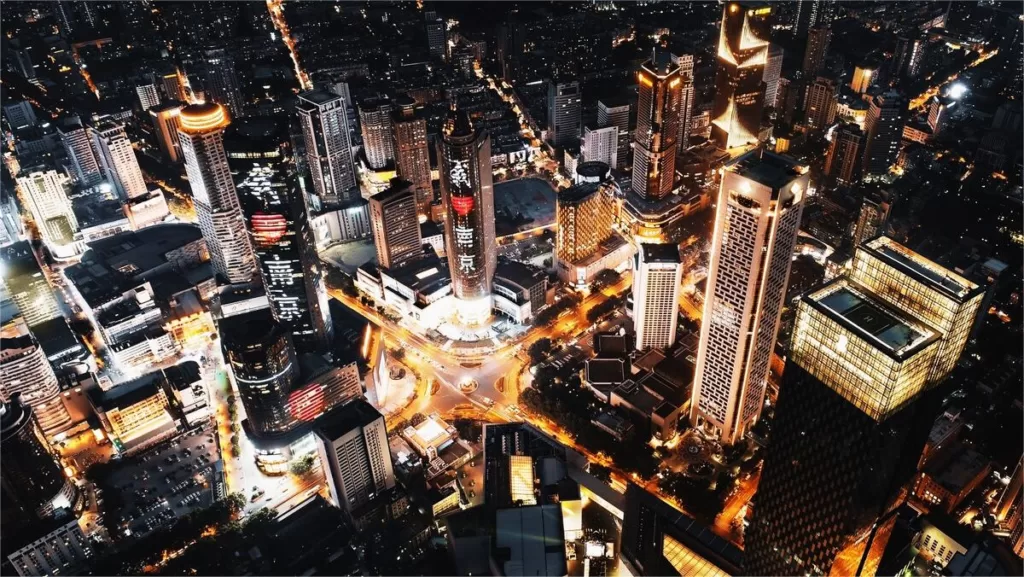

The biggest advantage of the Museum of the Six Dynasties is the small number of visitors! As a relatively niche and fee-based (30 yuan) museum, the experience of visiting is very good. With low foot traffic, it has its own style and collection. If you can’t make it to the Southern Museum, coming here will not disappoint.